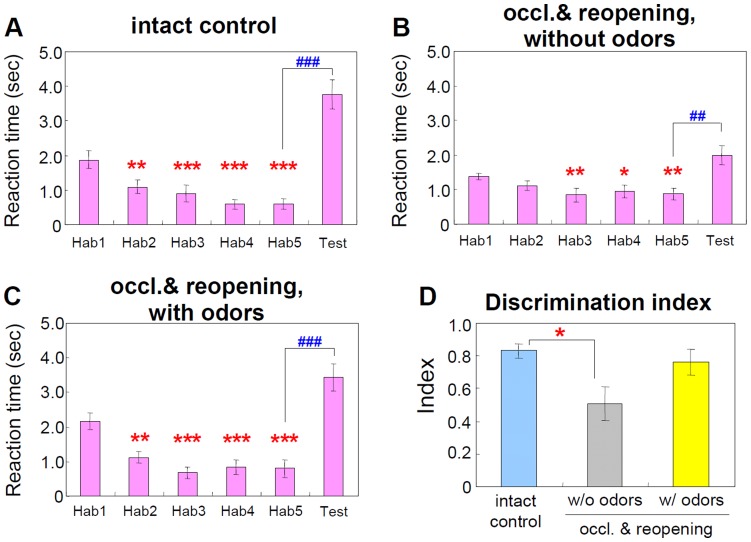Figure 4. Odor stimulation improves olfactory behaviors in mice exposed to olfactory deprivation in the neonatal period.
Odor habituation and discrimination test. In behavioral habituation to repeated presentation of a single odor (paprika), the reaction time to the habituation odor in the second (Hab2) and following 3 trials (Hab3–5) was significantly lower than in the first trial (Hab1) in the non-treated control mice (intact control, A, n = 14). The reaction time in mice without odor stimulation after naris reopening was also significantly lower in Hab3–5, but not in Hab2 compared with Hab1 (B, n = 11). The reaction time in mice treated with odors showed a similar pattern to that in the intact control group (C, n = 8). In the odor discrimination test, the response time to a novel odor (Test) was significantly longer than in the last habituation trial (Hab5) in all the groups. However, note that the discrimination index (D) was significantly lower in the group without odor stimulation after naris reopening (without odors, gray bar), but not in the odor stimulation group (with odors, yellow bar), compared with the control group (intact control, pale blue bar). *P<0.05, **P<0.01, ***P<0.001, ## P<0.01, ### P<0.001.

